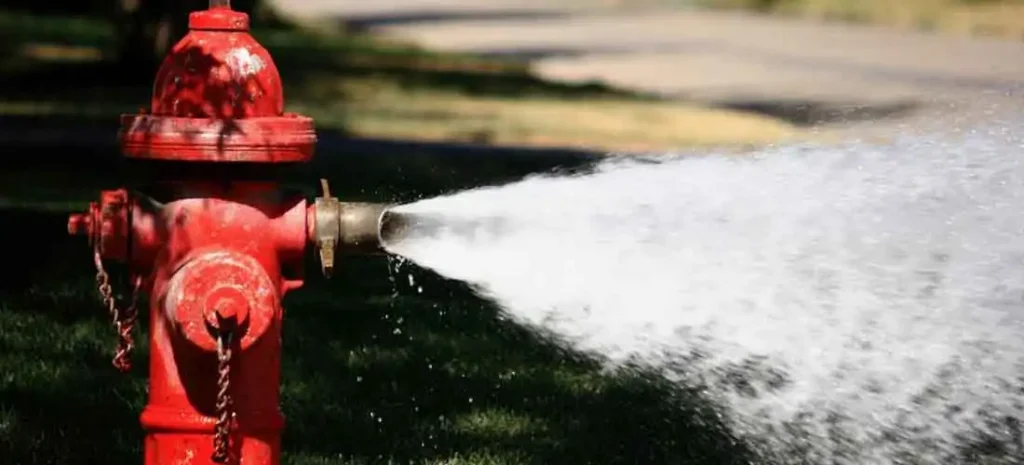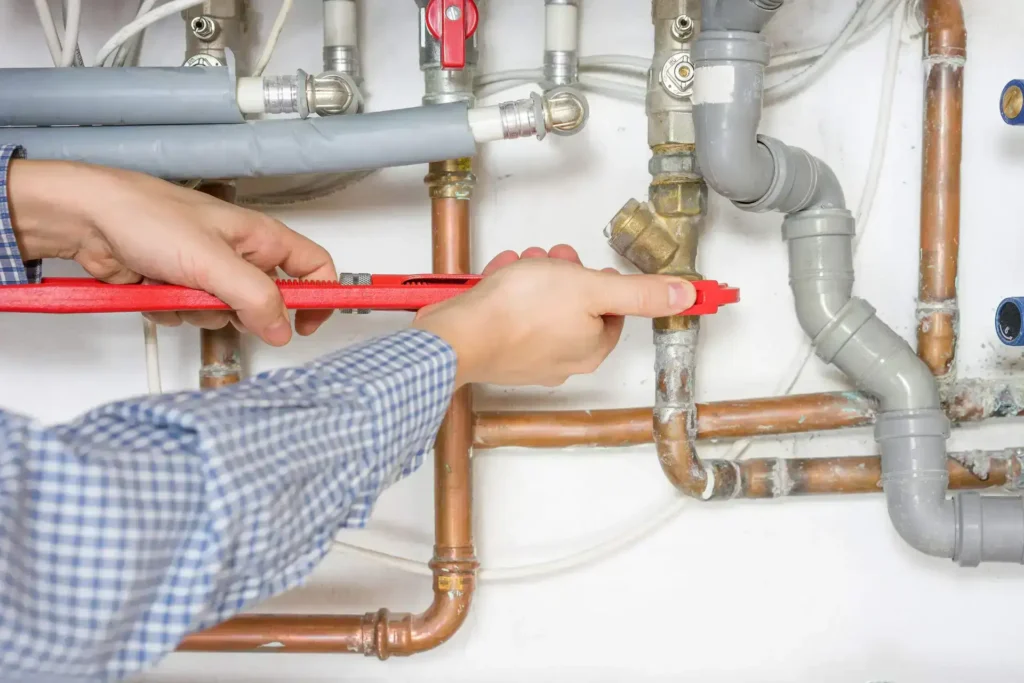Usually, the installation process for fire hydrants can cost between $3,900 to $9,100. However, prices might differ depending on several factors such as locality, site conditions, and local regulations. The total cost includes all necessary materials, labor, costs incurred from excavation, connecting to the water main, and permits, among other things.
Florida fire hydrant installation costs might further vary based on other provisions such as including soil type, distance from the water source, and access. Professional installation makes sure that the hydrants meet the safety standards required by local codes that are then said to provide fire protection. Regular inspections and maintenance are important to keep the hydrant in working condition for emergencies.
Expert Fire Hydrant Contractor

A specialist fire hydrant installer is to be invited for this the only person permitted for such an installation. Fire hydrant works can be complicated, risk-heavy, and must follow the local codes.
The procedure is here:
1: Average Cost
The installation of a fire hydrant typically ranges anywhere between $3,900 and $9,100, depending on materials used, labor indented, and site conditions. This range can be extreme as this allows for all additional expenses such as equipment, excavation, permits, etc. Below is a general makeup of costs involved.
2: Equipment Costs
The equipment required for the installation of fire hydrants includes the hydrant, valves, fittings, and necessary piping. Each must be installed for the effective operation of the hydrant for a very long time. In the end, the cost for maintenance and overall efficiency of the system, except for the initial price of these items, will be influenced by the material chosen for these parts.
| Component | Estimated Cost |
| Fire Hydrant | $1,300 – $3,250 |
| Valves and Fittings | $650 – $1,300 |
| Piping and Connections | $650 – $1,300 |
| Miscellaneous Materials | $260 – $650 |
Labor Costs
- Excavation and Site Preparation: $650 – $1,950
Such entails digging and preparing for the installation; the costs vary based on the soil condition and access to the site. - Hydrant Installation: $1,300 – $2,600
The price will depend on the complexity of the installation, including the assembly and positioning of the hydrant itself. - Piping and Connection Work: $650 – $1,300
Includes connecting the hydrants with piping and water mains.. - Testing and Inspection: $260 – $650
Final tests and inspections will determine if the system is working perfectly and up to code with local safety standards.
These labor costs are subject to change depending on the project specifics and where that project is located.
Factors Affecting the Cost of Installing a Fire Hydrant
1: Type and Quality of Hydrant
Higher quality, heavier, durable fire hydrants tend to be more costly but perform better and last longer. The type and quality of a fire hydrant will ultimately significantly affect the cost. Other than that, a hydrant recommended for specific high-pressure systems or high-temperature and cold-weather extremes would also add up to the cost.
2: Location and Site Conditions
Location and site conditions are crucial for determining the installation costs. Some sites, such as rocky soil or areas of many existing utilities, might increase complexity factors. Proper site evaluation is necessary in order to prepare for all possible challenges and plan the installation process in advance.
3: Depth of Installation
Installation depth is materially subjected to fire hydrant installation expenses and labor. Installation goes deeper, thus necessitating excavation, piping, and perhaps additional safety measures. Installation depth is also a prerequisite for guaranteeing operation and convergence with the local authorities.
4: Permits and Regulations
The cost of installation is also affected by securing the required permits and compliance with local regulations. Different municipalities have different requirements and fees, so understanding the permit process is an important factor here. Legally performing operations will allow more safety, reliability, and safety of the hydrant.
Benefits of Installing a Fire Hydrant
1: Increased Public Safety: Fire hydrants are very vital in safeguarding the public. They ensure quick access to water in case of fire emergencies. The strategically placed hydrants can play an important role by reducing the response time, increasing the firefighting efforts, and therefore saving lives. Moreover, it will help the neighbor to be confident in local security measures and the community at large.
2: Compliance with Regulations: Most local building and safety ordinances require the installation of fire hydrants. Apart from avoiding legal complications and penalties, compliance also increases the attractiveness of a property to would-be buyers and renters. Proving available and effective fire protection by meeting such regulations also shows responsibility
3: Long-Term Value: The hydrants in investment properties increase the value of the property for a long time. The more well-kept needed safety features entice buyers and tenants to prefer occupying them, thus raising the property value and occupancy rates. On the other hand, generally, well-established fire safety systems encourage lower premiums on insurance and help in the economic development of the community as well.
Choosing the Right Fire Hydrant
Dry Barrel Hydrants
In a cold climatic condition, a dry barrel hydrant serves as the most handy hydrant since it is designed to make sure that a hydrant does not freeze. The valve is located at the bottom of a hydrant which is prevented from the outside atmosphere from freezing by letting the water exit into underground piping. Such hydrant types are the easiest to use in areas where the temperature falls below the freezing point most of the time because they are reliable in working on winter days.
Wet Barrel Hydrants
Wet barrel hydrants are the types of hydrants situated well for hot locales that are not freezing. The water stays within the hydrant itself such that it can be used simultaneously with many outlets available. These hydrants are found generally in always wet regions where water discussion can take place all throughout the year and are generally very easy in maintain and use.
Flush Hydrants
Flush Hydrants at flush-mount ground level are installed, and in case any flush-mounted condition is required, these hydrants are used where most of them would be in industrial or rural areas. Mostly, these hydrants act in areas that have a very minimal above-ground space. The design of such hydrants enables free obstruction and easy access maintenance.
Budget for Contingencies
The inclusion of a 10-20% contingency in the entire project budget would be dedicated to clearing up unexpected costs and covering some unforeseen expenses such as relocating underground utility lines. The budgetary provision proves the financial flexibility at all stages of the entire project. Ultimately, this would enable the project to stay on course in the execution of the project. Properly accounting for the possible costs will not lead to delays and anxiety in payment.
Conclusion
Costs incurred by the installation of a fire hydrant would be in the following areas; hydrant costs, labor, site preparation, and permits, with total costs from $3,900 to $9,100. These costs mainly depend on the hydrant built, the place one is situated, and site conditions. An important aspect, of installation, and maintenance relating fire hydrants to public safety and compliance with regulations, thus making them an essential part of a community’s infrastructure and property value. By proper planning of the installation and keeping the long-term maintenance in mind, all involved can be ensured of in-built fire protection and further add community resilience.
FAQS
Q1) What are the factors that affect the cost of installation of fire hydrants?
The type of hydrant, the condition of the site, the type of soil, and labor can significantly have an impact on the cost. The permitting and depth of installation also are related to cost.
Q2) Are the fire hydrant installations needing a permit?
Yes, there are necessary permits required in connection to installation for compliance with local rules and regulations. The cost of such permits will further vary as per the municipality.
Q3) What is the labor cost for fire hydrant installation?
The labor would account somewhere here: $2,600- 4,500 for the installation of a fire hydrant. It covers everything from excavation to piping to testing.
Q4) Are there any other costs added to the installation of fire hydrants?
Additional costs might include traffic control, safety measures, and landscaping. This will add a cost of $260-$650.


